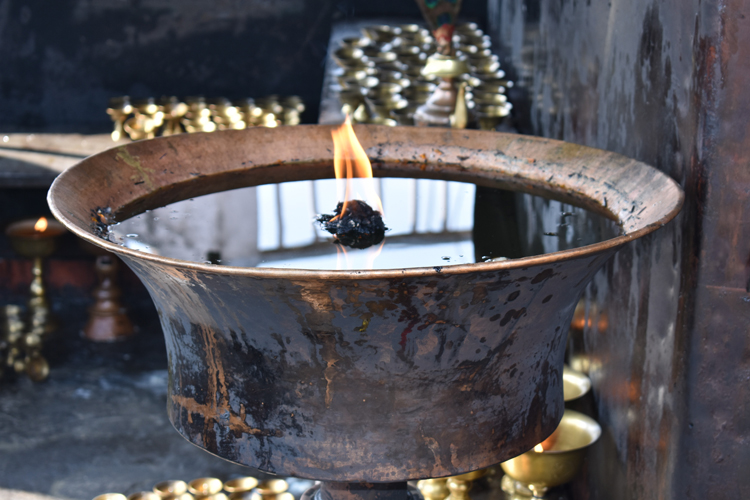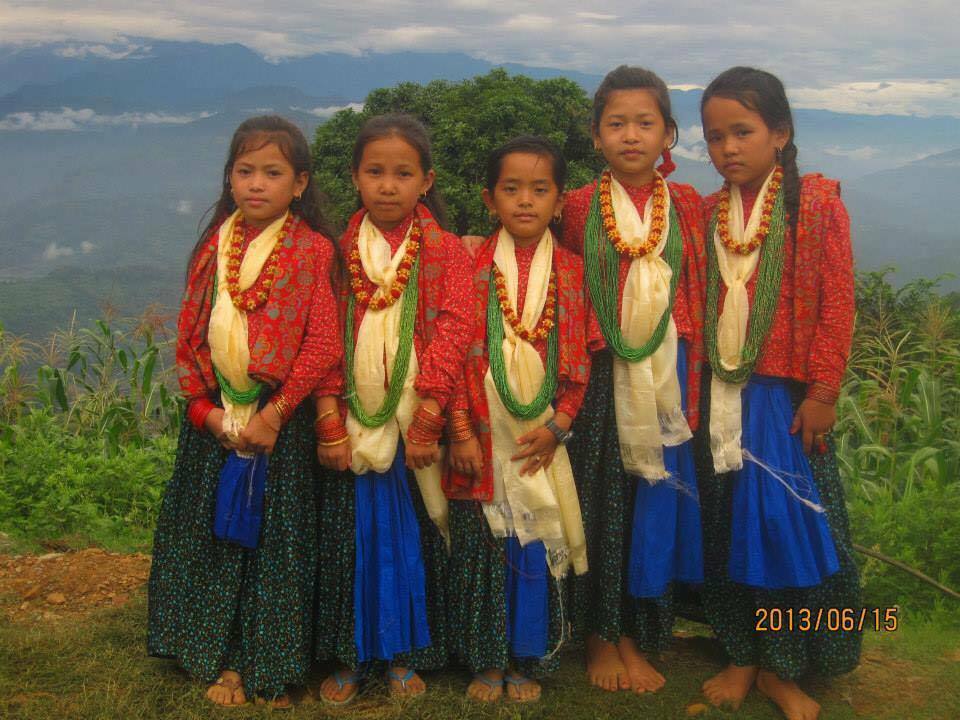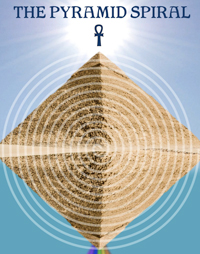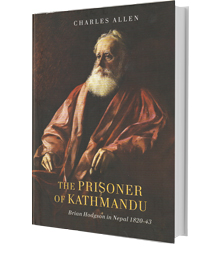Part Nepali, part Chinese, Indian classical dancer Charles Ma started dancing because someone told him he couldn’t. He hasn’t stopped since.
Charles Ma was born and brought up in Bangalore, India. His grandmother was Nepali and his grandfather was Chinese. He had a multicultural family and was not a Brahmin which made it difficult for him to practice Bharatnatyam dance, a dance form traditionally reserved for Brahmins. A senior dancer declared to Charles that classical dance was not for him, and Charles has been doing classical dance ever since to get back at him.
Once he started, Charles stuck to classical dance because he found it aesthetically beautiful. However, he does not follow the typical dancer’s image to be aesthetically pleasing. The typical dancer, according to him, is effeminate, out of shape and lacks sophistication. In contrast, Charles does martial arts and is quite swift and agile, therefore not falling into a feminine image just for aesthetic beauty. Charles also stands out because of his East Asian physical features, which according to him is quite rare in the classical dance community. This rarity, however, is not always positive, as Charles explains there is a racist perception towards people of East Asian heritage in India.
 Besides having aesthetic qualities, in classical dance, the connection with spirituality is very strong. “Indian art is embedded in spirituality and philosophy which makes me see the world better” says Charles. Classical dance started thousands of years ago as a temple ritual, and this makes it steeped in tradition, which Charles appreciates. Every piece is connected to God, and this allows Charles himself to feel a connection with God as he performs a dance. Charles believes that classical dance requires one to understand the cultural context in order to understand the content of a dance. Understanding the content allows one to move beyond simply appreciating the artistry behind the dance, and rather causes one to be personally moved by the dance.
Besides having aesthetic qualities, in classical dance, the connection with spirituality is very strong. “Indian art is embedded in spirituality and philosophy which makes me see the world better” says Charles. Classical dance started thousands of years ago as a temple ritual, and this makes it steeped in tradition, which Charles appreciates. Every piece is connected to God, and this allows Charles himself to feel a connection with God as he performs a dance. Charles believes that classical dance requires one to understand the cultural context in order to understand the content of a dance. Understanding the content allows one to move beyond simply appreciating the artistry behind the dance, and rather causes one to be personally moved by the dance.
Charles is a promising young performer who attempts to recreate the dances by looking at new scriptures, costumes and choreography. He looks at experimental angles of staging and unique ways of portraying the steps. He is also a creative storyteller and dramatist. Charles feels that to be a classical dancer you need to know the different levels of emotions, how people react to situations and understand the layers of people’s feelings. He takes socially relevant, humanistic and faster paced pieces that the youth can relate to to make the dance more accessible.“When young people tell me they have been moved to tears, there is no bigger appreciation than that,” he says.











